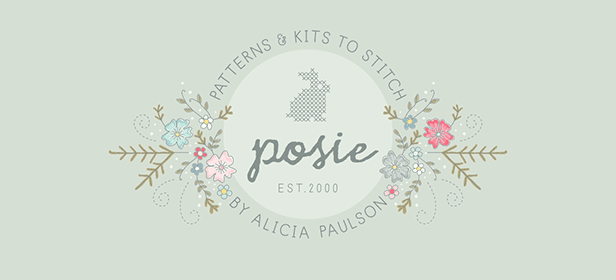
For many of you, Alicia Paulson from Posie Gets Cozy will need no introduction. If Alicia is new to you, I think you will be delighted to find her warm little spot on the internet, where she shares thoughts on life, love, and all things crafty. Alicia has been blogging at Posie Gets Cozy since 2005, and I know some people who count her as their First Blog that they really followed along with. She has been creating and selling handmade items since 2000.
We redesigned Alicia’s Shopify website and her blog this spring, and wow! was it interesting reading through all 134 comments on her blog announcement about the change. I think Posie Gets Cozy may have the most loyal following of any of our clients to date.
I admire how Alicia has built her business to a point where she can do everything just exactly how she likes it. I think some business owners forget that some of the reasons they started their own business were to have a flexible schedule, to be able to spend time with family, and to not feel pushed around by the company they work for. It warms my heart when I see people being good bosses to themselves (and hard workers as well).
Below, I’m sharing some photos from Alicia’s blog and shop, and an interview about her business, aimed to be helpful and inspirational for businesses just starting out. All photos copyright Alicia Paulson.
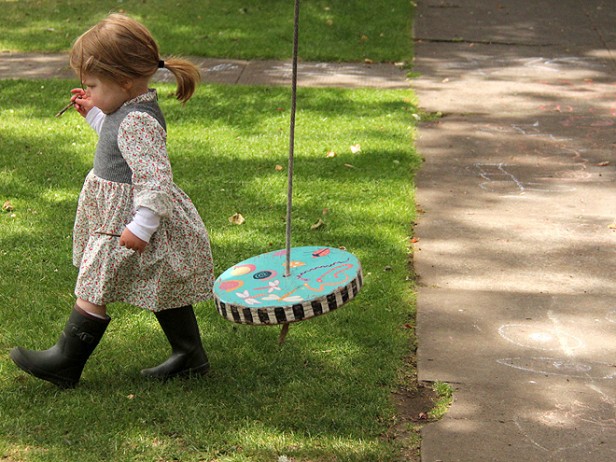
How did your business start? Did you do any kind of market research or business planning?
My business started in 2000 as a custom hand-embroidery service, which quickly evolved into a line of handmade products that I sold wholesale, which eventually evolved into a collection of sewing and embroidery patterns and books of patterns, and now includes kits and supplies so that people can more easily make the patterns that I’ve designed. I have never done any market research or business planning, and, for better or worse, and have let the business evolve depending entirely on my whims and interests.
How many people currently work with you, and what do they do?
I have one regular part-time employee; during kit-assembling-and-shipping time, I have had up to three. My regular assistant does all of the order processing and shipping, as well as preparing the packets of all of the fabrics, flosses, ribbons, beads, and other little parts and pieces we use in our kits. She also stuffs all of the paper patterns and templates for the kits and assembles the kits themselves, once all of the parts and pieces have been prepared. I outsource the fabric cutting and embroidery-floss-pulling (we use embroidery floss to sew the softies and ornaments together, and it’s also included in embroidery kits) to a small indie sewing factory down the street from my house, and their help has been invaluable – life-changing, really – as our quantities have gotten bigger.
How long did it take before your business started making a profit?
The business has changed so many times that it’s hard to say – some things have been very profitable and some things haven’t been. For the past five years or so, I’ve only been doing the ones that are profitable ☺. But it took me quite a while to just follow my own instinct and experience about how to make a living doing what I love, exactly as I love to do it.
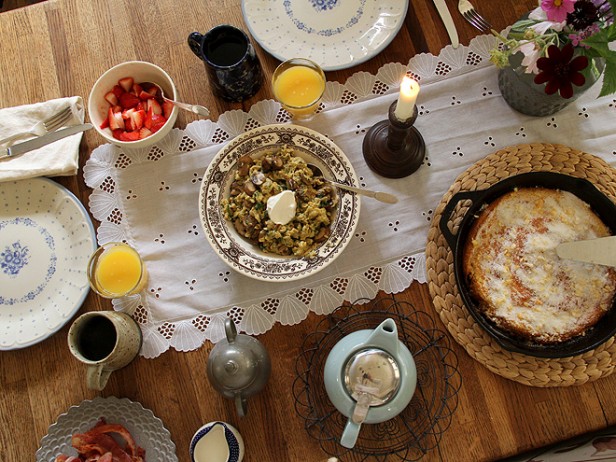
How are your products created? What have you learned about this along the way?
Right now, as I mentioned, I outsource the fabric cutting and floss pulling to a small factory that has a computerized laser cutter, and a lot more people who can make fast work of pulling thousands of packets of embroidery floss at a time. What used to take us weeks or months to do now takes them days. The cost of paying for this preparation isn’t cheap, but it’s worth it. I’ve learned that I need to outsource every possible “busywork” part of making these products so that I can concentrate on the creative and technical part – product development, pattern writing, photographing – the stuff only I can do here.
How do you handle shipping and customer service and organize the back-end of your business?
For shipping we use ShipStation, and they have been amazing. I started using them about three years ago and they completely changed my business. I used to only use PayPal as a payment option, and I shipped everything through PayPal. At the time of a new product launch, we’d get so many orders in one day that it would literally take days and days just to print out the packing slips, and weeks to actually ship because you had to click through several screens just to process each order. With ShipStation we process fifty orders at a time (more seem to jam my printer, but they can do more) and it has cut the work exponentially (by probably 90 percent, literally). I should’ve researched shipping options much sooner than I did. We also changed the company that hosts our digital downloads from Payloadz to SendOwl and saved thousands of dollars a year in fees. Insane.
My advice is to revisit your options regularly. Apps and other solutions are being created so rapidly these days – I honestly didn’t even know shipping apps existed, because they didn’t when I started – that it’s well worth the time it takes to research workable solutions to things that feel like they’re harder than they have to be.

How does a standard day of running Posie go?
I have a one-year-old daughter that I am home with, so the standard day of running Posie now is very different than it used to be. I have “on” days, where I’ve lined up either my husband or other resources to watch our daughter so that I get to work or blog for a few hours, and “off” days, where I am with her exclusively, and don’t even try to work. This is the only way being a working parent works for me – I don’t try to do anything when I’m with her because it’s impossible and leaves me feeling wrung out and overwhelmed. So, on the days when I do work, I usually have to spend a lot of time trying to get through email – I do all the customer service, and there is quite a bit of it, from people needing another copy of a pattern because their computer crashed, to people needing help with something I’ve designed, to people just sending photos of the things they’ve made and wanting to say hi.
If my assistant is coming in that day we always meet to go over shipping issues or any problems that have come up, and then we talk about where she is in the process of assembling any project. Sometimes I am sourcing the supplies we need for kits, and figuring out how much stuff we need or which items. I order all the supplies both for our kits and for our shop (we sell supplementary supplies like scissors and needles, as well) from many manufacturers and am constantly in communication about what’s coming, when it’s coming, why it’s not coming, etc. I have massive spreadsheet systems to keep track of all of the parts and pieces of the kits and the supplies involved.
At night I work on the actual product development – the sewing, knitting, or embroidering of whatever I happen to be designing at the time. Sometimes I am thick in the middle of pattern development, and that pretty much is like cramming – writing and photographing step-outs and tracing templates and putting together the PDF file. I do all of that stuff myself, and those are the days we order Thai food. (And we order it in on a lot of other days too, because Mama tired!!!)
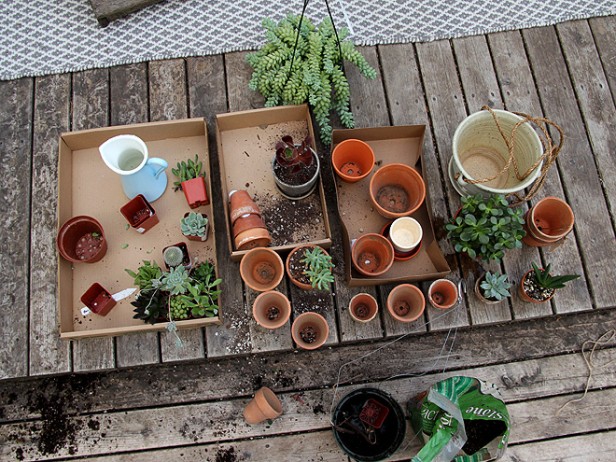
What mistakes or setbacks have you weathered?
Owning a store from 2003 until 2006 (I think?) was, for me, a big mistake. It was something I stumbled into pretty blindly, and it was a bad decision. I didn’t enjoy sitting in the shop all day and I hated being so far away from my studio. It was also a huge financial investment that set me back quite a bit. It was something I’d always thought would be fun but when it came down to it it was completely the wrong thing for me. I hated it and was actually really thrilled and relieved when the store closed.

How did you promote your business initially, and how has that changed?
Initially, I was lucky enough to get editorial coverage in Country Living and a couple of other national magazines. And once it happened the first time the coverage seemed to keep finding me, and I would always say yes to being included in articles, contributing to magazines, writing patterns for other peoples’ books, etc.
There came a point – I don’t remember when, but probably after I did my own books – when I just started saying no to everything – editorial coverage, contribution opportunities, anything that anyone wanted me to do – and concentrating on doing my own work exactly the way I wanted to do it, without anyone else’s input. I’m kind of a loner and not much of a joiner, so I’m happiest like this. And it was at this point that I really started earning a good living and feeling like I was doing the right thing. I don’t do anything to promote my work now, save displaying it (and the process of making it) forthrightly on my blog, and this is quite perfect for me.
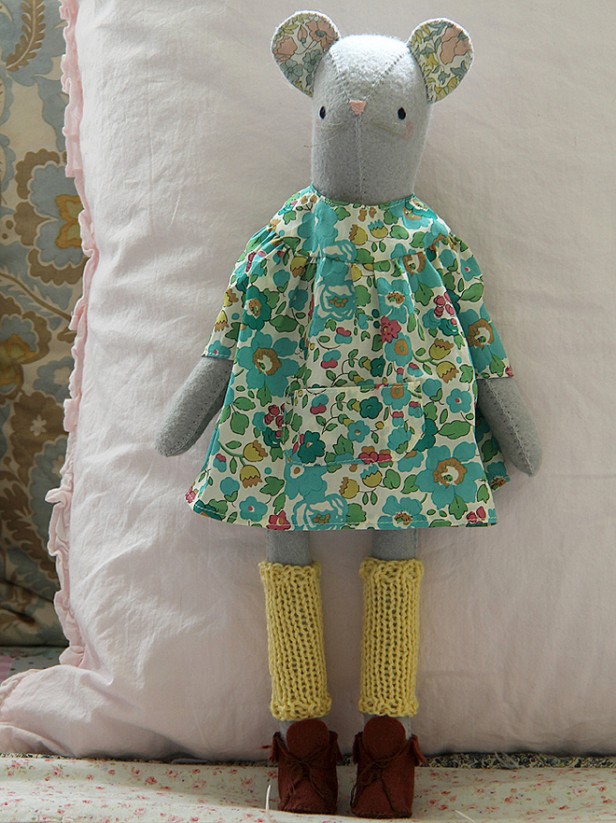
How did you know it was time for a new website?
Oh, it had been time for a new website for a LONG time. I just hadn’t really had the time or extra money to do anything about it, so I just kept jerry-rigging and patchworking the old websites/logo/packaging concept together. It wasn’t at all what I wanted for years, but I knew that when I redid stuff, I would probably have to redo everything – and there was a lot to redo, so it felt like turning a cruise ship in a tight space or something, and I couldn’t even think about how to make it work. But once I was able to get caught up on some other things and get organized enough to find someone else to do it I wasn’t nervous at all, just excited. I knew it could be nothing but better than what I had. That said, I had a very strong vision I wanted to make sure was implemented, and I think it was.
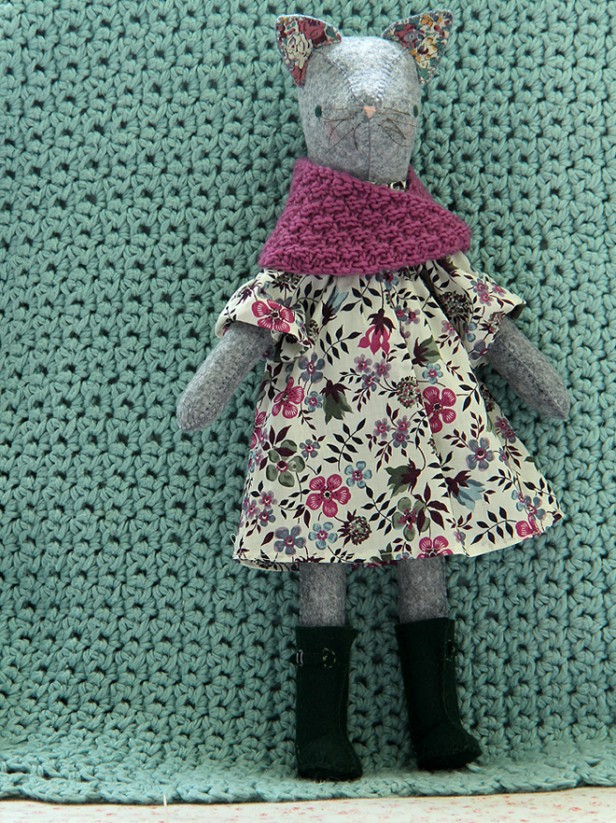
What were the biggest differences the Aeolidia-designed website made to your business?
It’s been wonderful to have a neat, simple, pretty, clean identity now, where everything is related and everything feels right. Because the business had evolved through many different phases and even mediums, the old logo and site and blog and packaging definitely reflected that sort of chaotic history, and I didn’t want that. I feel like I’m at the place where both my aesthetic and passion are clearer than they’ve ever been, so it’s wonderful to have the design concept of the company’s identity reflect exactly where I feel I am in my work right now.
The other enormous difference was just not having to do everything myself, which gets really old and really exhausting. Being self-employed means you have to learn to do a ton of things you don’t want to know how to do, and in my case, learning HTML and doing my own graphic design files was just brutal, though I did it for many years. It was a huge relief to hand that stuff over to someone else and say, “This is how I need these things to work. Please help me.” And they do.
– – –
Thank you, Alicia! It was truly an honor and a delight working with you.
Read more about Posie brand here. Abby Glassenberg interviewed Alicia and I together about this project, and you can listen to the podcast here.
Visit Alicia’s shop here: Posie – and visit her blog here: Posie Gets Cozy. Happy shopping and reading!
Hire Impactful Shopify Help
Are you looking for a partner that can upgrade your brand and site, then stick around long term to optimize and maintain? Aeolidia is big enough to handle your complexities and small enough to be personally invested in your goals. Let's talk!
11 thoughts on “Talking Business With Posie Gets Cozy”
Leave a Comment
Related Posts
Let's take your online shop to the next level
The Shopify websites we design have a reputation for substantial improvements to ecommerce conversion rates and online sales. Let's talk!

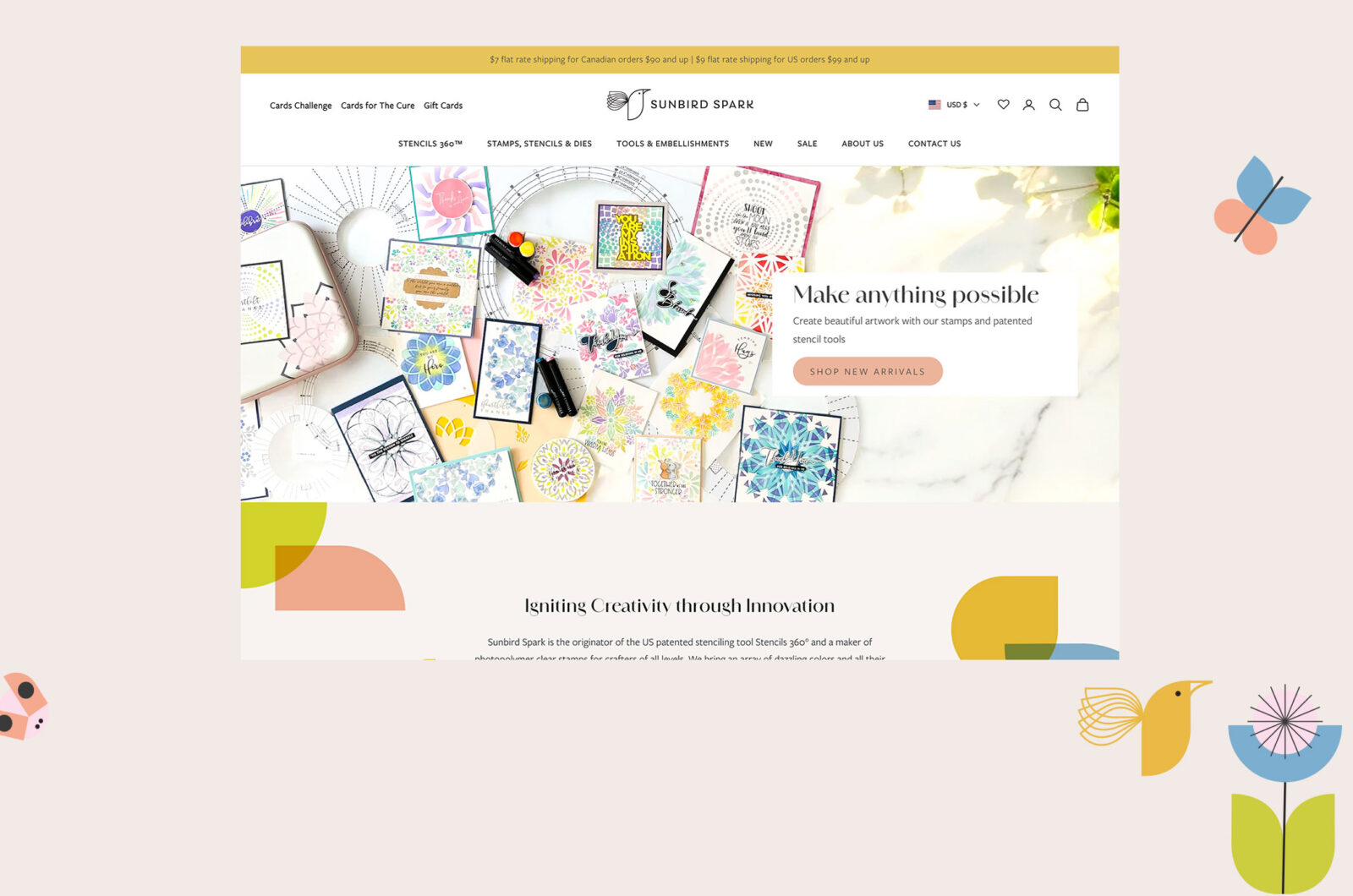










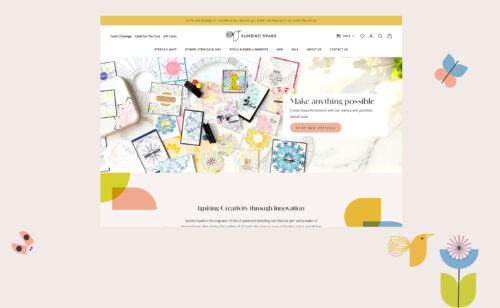


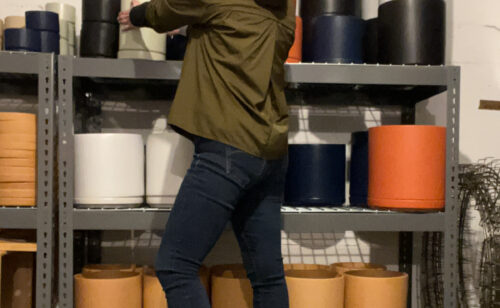
Alicia’s blog was on of the first I ever discovered many years ago and recently Ive been tuning in often – she is so true to herself and hasn’t changed like many other popular bloggers.
Her story telling and photos are always so lovely …
Great interview and the site looks fantastic too! Congrats!
Anastasia
anastasiac.blogspot.com.au/